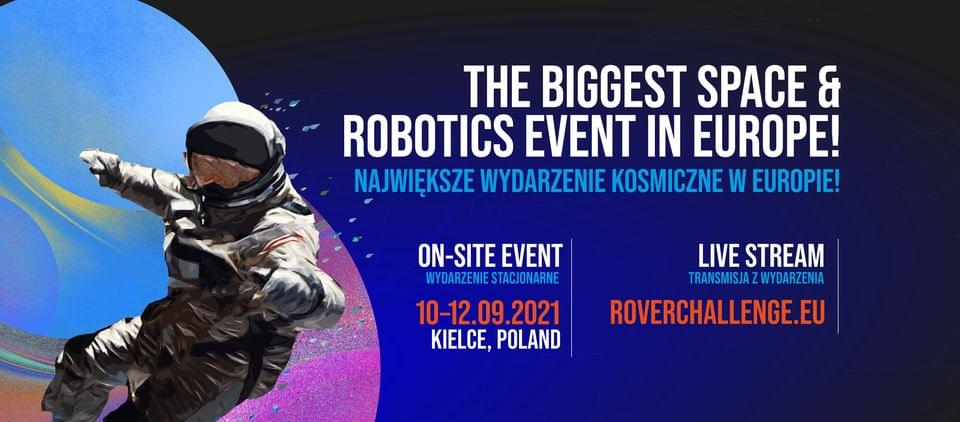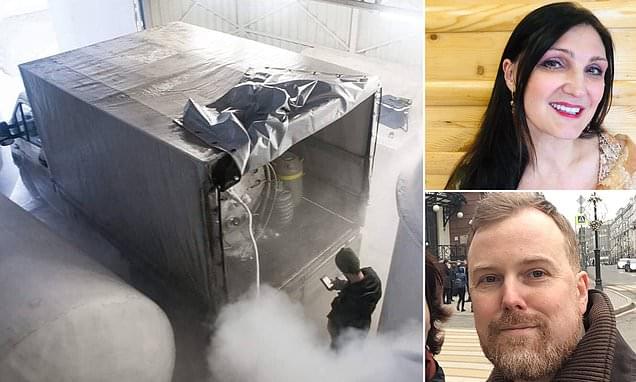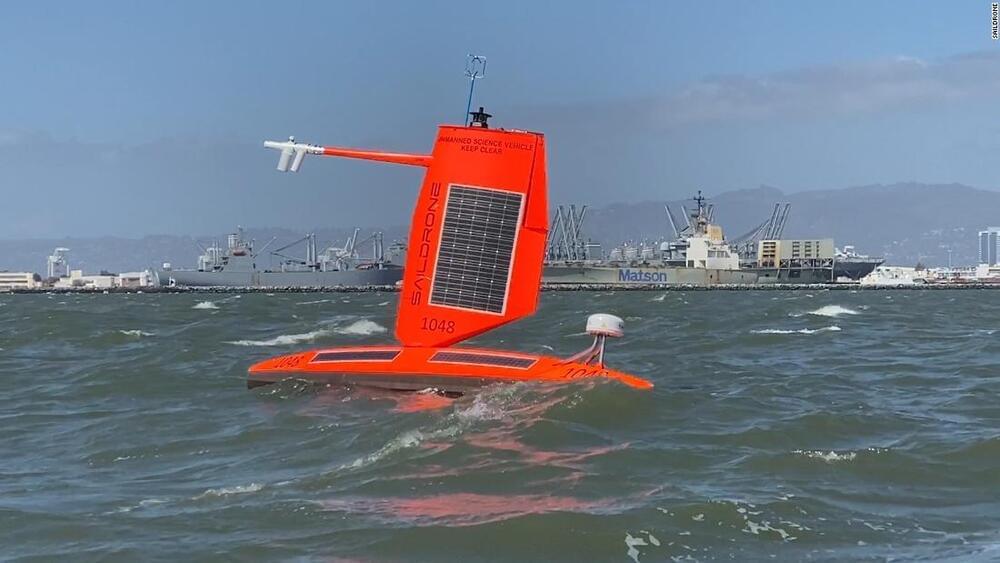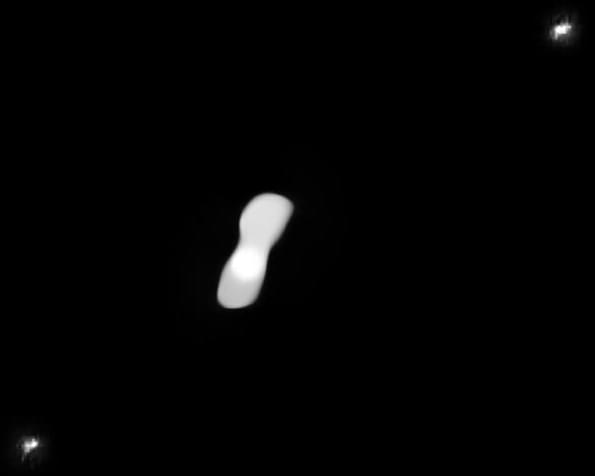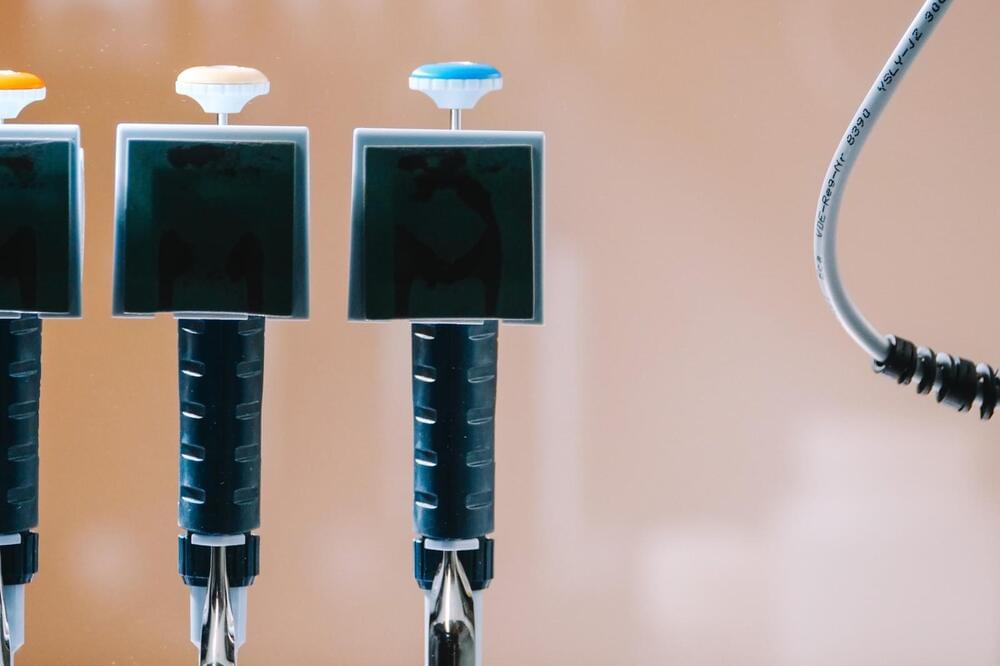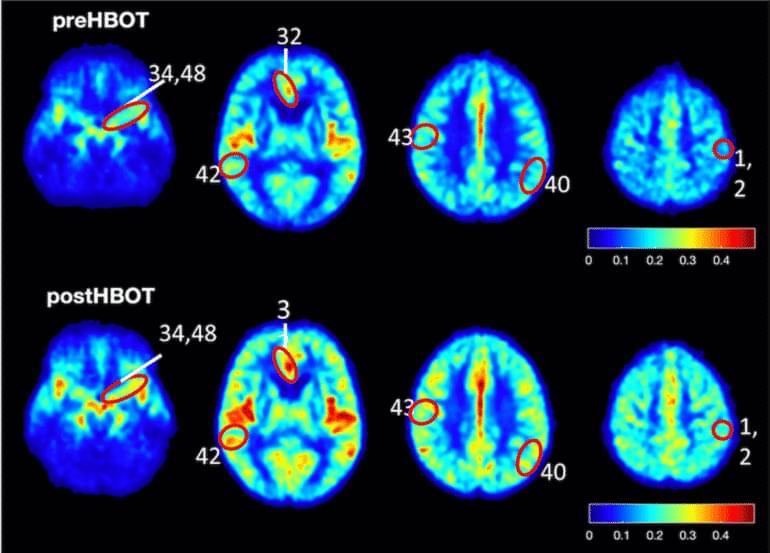Join us on Patreon!
https://www.patreon.com/MichaelLustgartenPhD
Levine’s Biological age calculator is embedded as an Excel file in this link from my website:
DNA methylation GrimAge strongly predicts lifespan and healthspan.
https://pubmed.ncbi.nlm.nih.gov/30669119/
Fisetin is a senotherapeutic that extends health and lifespan.
https://www.ncbi.nlm.nih.gov/pmc/articles/PMC6197652/
Dietary intakes of flavonols, flavones and isoflavones by Japanese women and the inverse correlation between quercetin intake and plasma LDL cholesterol concentration.
https://pubmed.ncbi.nlm.nih.gov/10958819/
NAD and the aging process: Role in life, death and everything in between.
